QR Code Payment for Public Transit
As of April 2025, QR code payments for public transit are accelerating worldwide, with key trends outlined below:
I. Case Studies in Asian Countries
Jeju Island, South Korea: Dynamic QR Code Upgrade
Jeju Island plans to fully implement a dynamic QR code payment system by summer 2025, replacing static codes. Tourists using localized versions of Alipay (e.g., versions for mainland China, Hong Kong, Macau, and Singapore) can scan codes to automatically calculate fares and complete payments, covering all island buses, including main routes, branch lines, and tourist shuttles.
Tech Highlight: Dynamic codes enhance anti-counterfeiting capabilities, support multi-currency real-time settlement, and reduce manual steps.
Thailand: Nationwide Transit QR Code Adoption
Since March 2025, Thailand has partnered with Alipay and local payment platforms to enable QR code payments across all public buses, targeting international tourists and younger locals.
Japan and ASEAN: Cross-Border Payment Integration
Japan aims to achieve QR code interoperability with ASEAN nations by 2025. Users can scan Japan’s unified "JPQR" code to pay for transit in ASEAN countries without currency exchange.
II. Tech Advancements and Cross-Border Collaboration
Dynamic QR Code Adoption
Dynamic QR codes, praised for security and real-time updates, are now preferred in South Korea, Singapore, and others, significantly reducing fraud risks.
Localized Payment Platform Integration
Chinese platforms like Alipay and WeChat leverage frameworks like "Alipay+" to connect with regional systems (e.g., South Korea’s "NAMANE" and Thai e-wallets), enabling "one code for multiple countries".
Regional Standardization Efforts
ASEAN nations are advancing unified cross-border payment standards. Singapore, Malaysia, and the Philippines have established the Regional Payment Connectivity (RPC) system to underpin transit QR code payments.
III. Regional Developments Beyond Asia
Hong Kong: Tap-and-Go vs. QR Codes
Hong Kong prioritizes Visa’s "tap-and-go" contactless payments but retains QR code compatibility. Visa’s transit transactions exceeded tens of millions in 2024.
Europe and the U.S.: Divergent Paths
Western countries focus on credit card-based contactless payments, though cities like Rome are piloting QR codes for tourist routes, catering to Asian visitors.
IV. Challenges and Future Directions
Technical Compatibility: Cross-border payment interfaces (e.g., Japan-ASEAN) require further harmonization.
User Habit Cultivation: Scannable payments face low acceptance among locals in Europe and the U.S., necessitating gradual adoption via tourism.
In summary, the global expansion of transit QR code payments centers on Asia, driven by dynamic code innovation, cross-border partnerships, and tourism-focused use cases, reshaping the future of smart mobility ecosystems.
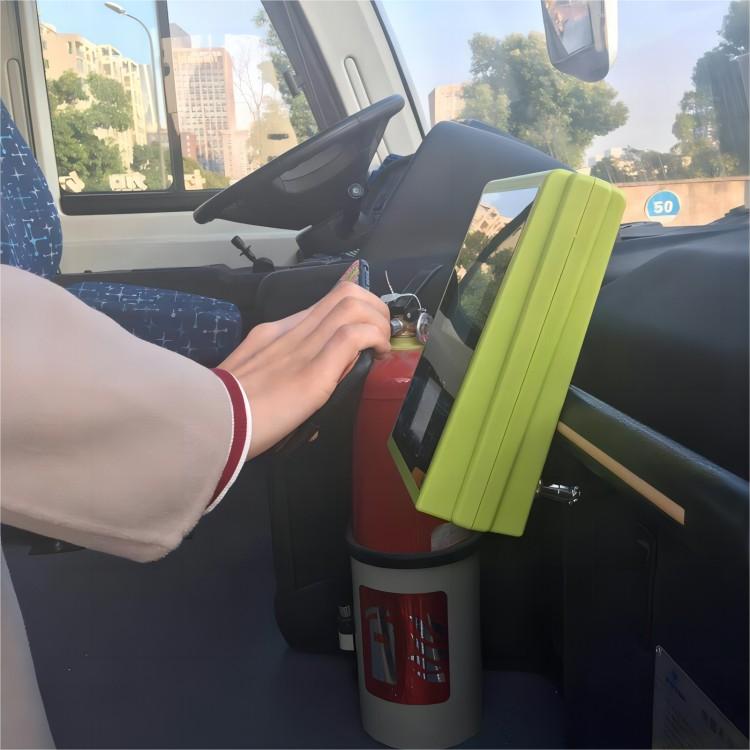
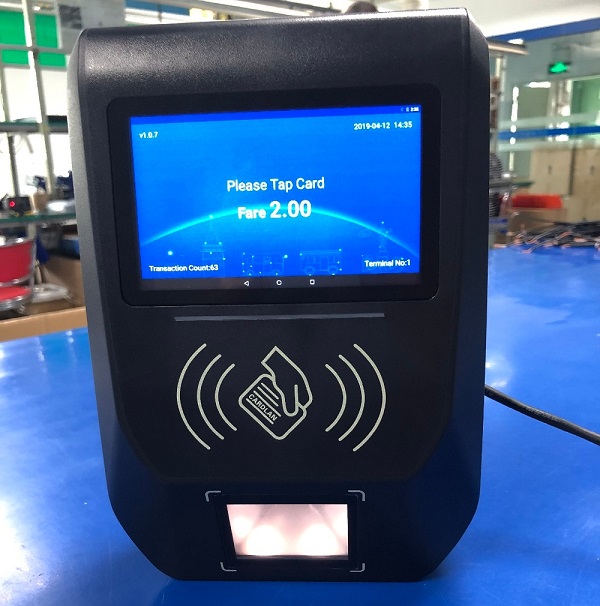
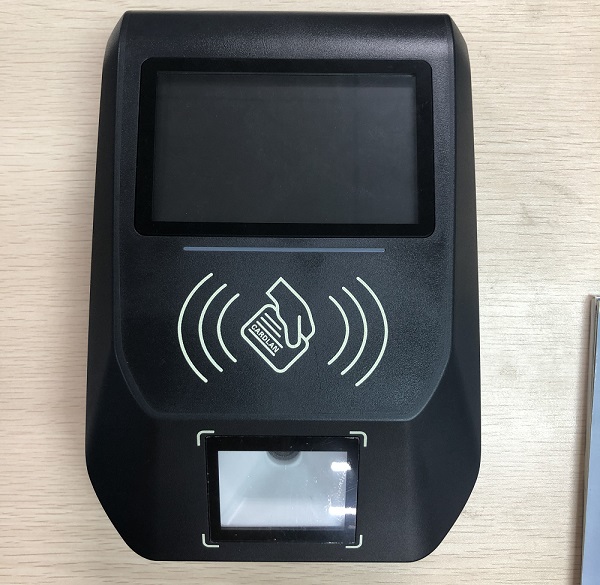
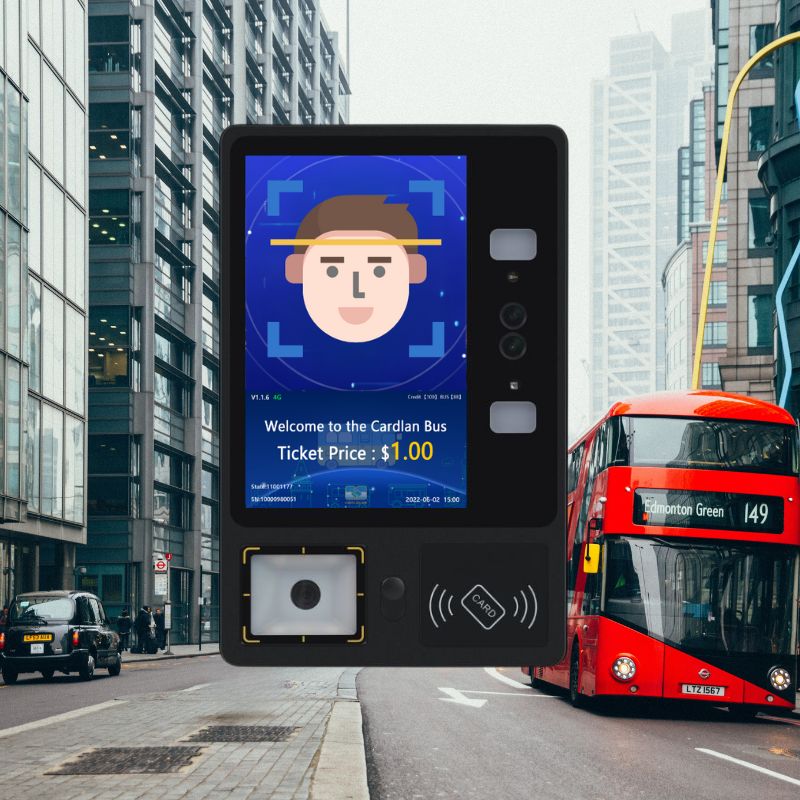 Code Scanning and Recognition Machine for Enterprise Bus (Swipe IC Card + Scan QR Code)
Code Scanning and Recognition Machine for Enterprise Bus (Swipe IC Card + Scan QR Code)
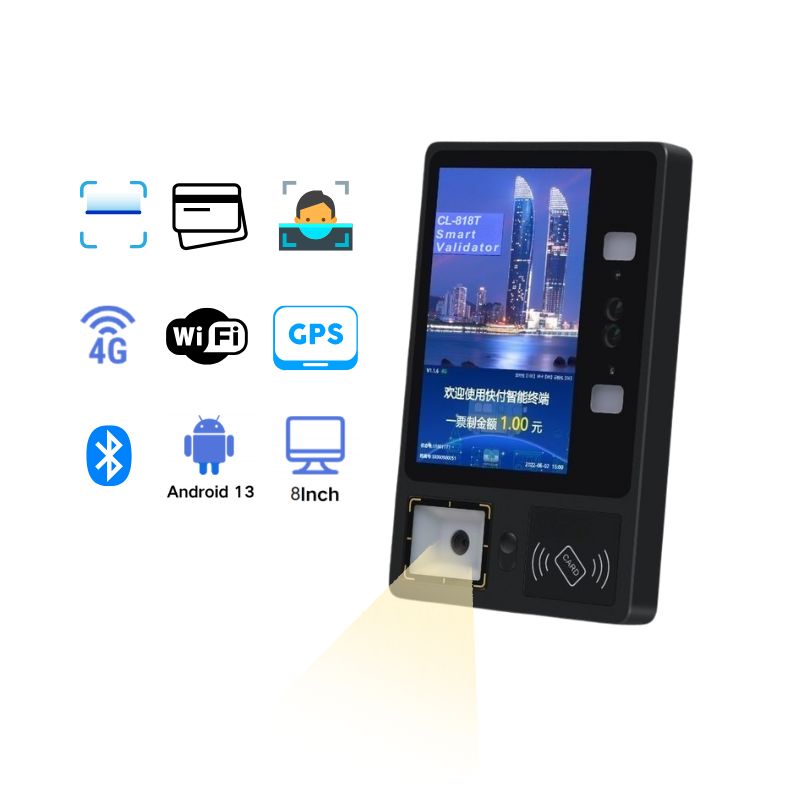 Cardlan complete system and hardward provider
Cardlan complete system and hardward provider
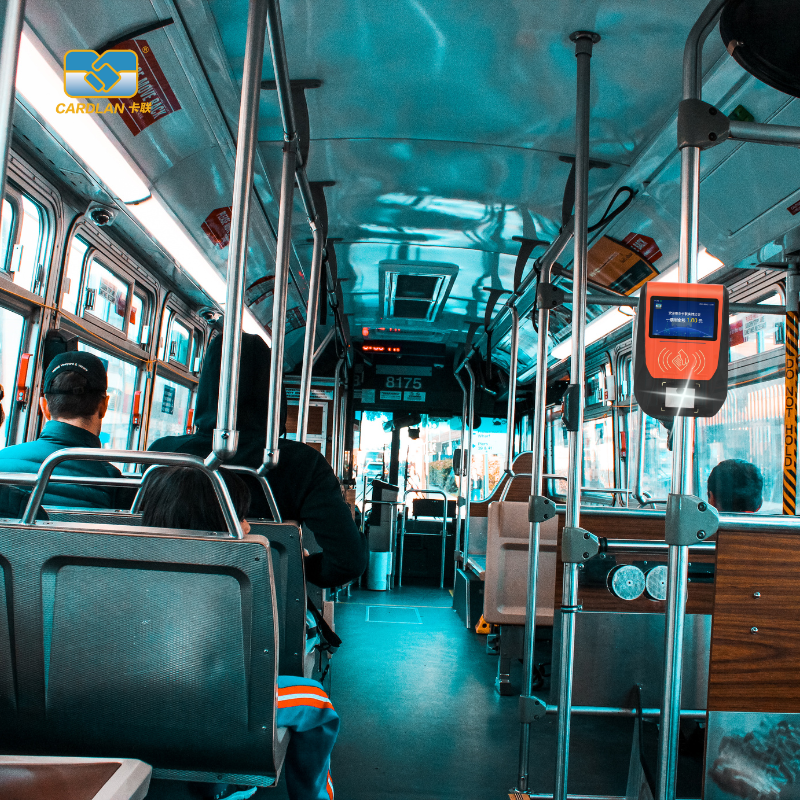 Cardlan flat fare/Zonal fare collection solution
Cardlan flat fare/Zonal fare collection solution
 Application of Relay Function in Bus Card Readers for Gate Control
Application of Relay Function in Bus Card Readers for Gate Control